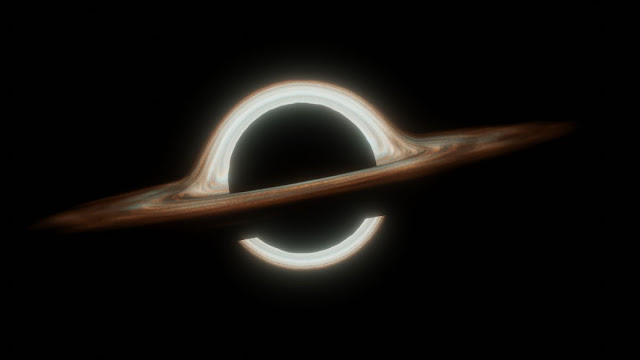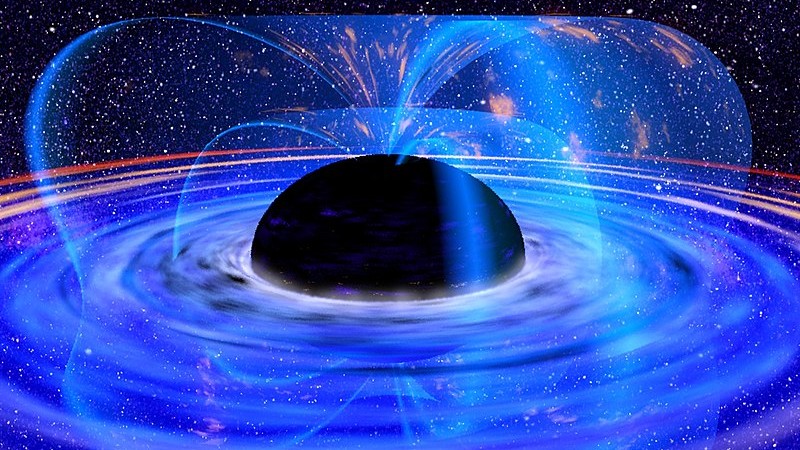
Peering into the Cosmic Past
Equipped with cutting-edge technology and an infrared vision beyond compare, the JWST has unlocked the secrets of the early universe. By observing light that has traversed billions of light-years to reach us, this telescope allows us to peer into the cosmic past, providing unprecedented insights into the formation and evolution of celestial phenomena.
Unveiling the Oldest Black Hole
The discovery of an ancient black hole stands as a testament to the JWST’s remarkable capabilities. Astronomers have identified a supermassive black hole residing in a quasar—a luminous galactic core—that dates back to an astonishingly early epoch of the universe.
This black hole, boasting a mass of ten million times that of our sun, serves as a captivating glimpse into the universe’s infancy, where massive cosmic structures took shape during its early stages of formation.

A Time Capsule of Cosmic Growth
By observing this ancient black hole, astronomers gain access to a time capsule that preserves information about the universe’s early development. The quasar housing the black hole emits prodigious amounts of energy as matter spirals into the voracious cosmic giant.
Studying the radiation emitted from the quasar, astronomers can analyze the state of the universe when the black hole was actively feeding and growing. This allows us to piece together a clearer understanding of the cosmic environment during those distant epochs, providing essential clues to the universe’s growth and evolution.
A Conundrum of Cosmic Growth
The discovery of such an immense black hole at such an early time in the universe’s history poses an intriguing conundrum for astronomers. How did this cosmic monster form and accumulate such colossal mass in such a short span of time?
Unraveling this puzzle may hold the key to understanding the processes that facilitated the rapid growth of supermassive black holes in the early universe. The JWST’s observations will be instrumental in unveiling the mechanisms that allowed these enigmatic cosmic entities to reach such extraordinary proportions.
Shedding Light on Black Hole Evolution
Studying this ancient black hole provides valuable insights into the evolution of supermassive black holes over cosmic time. The JWST’s observations of this colossal entity will complement and enhance our understanding of how black holes evolve, merge, and shape the galaxies in which they reside.
Black holes play a vital role in galactic evolution, and unraveling the growth patterns of these enigmatic entities helps us comprehend the intricate interplay between black holes and their galactic hosts.
A Window to the Early Universe
The JWST’s discovery of the oldest black hole offers astronomers an unparalleled opportunity to study the early universe in greater detail. As this ancient cosmic giant continues to capture the imagination of researchers worldwide, it paves the way for future investigations into the mysteries of our cosmic origins.
The telescope’s ability to peer deep into the past will undoubtedly lead to further revelations, shedding light on the enigmas that have eluded us for millennia. With each new observation, the JWST brings us closer to understanding the universe’s fundamental nature and the processes that have shaped the cosmos we inhabit today.





